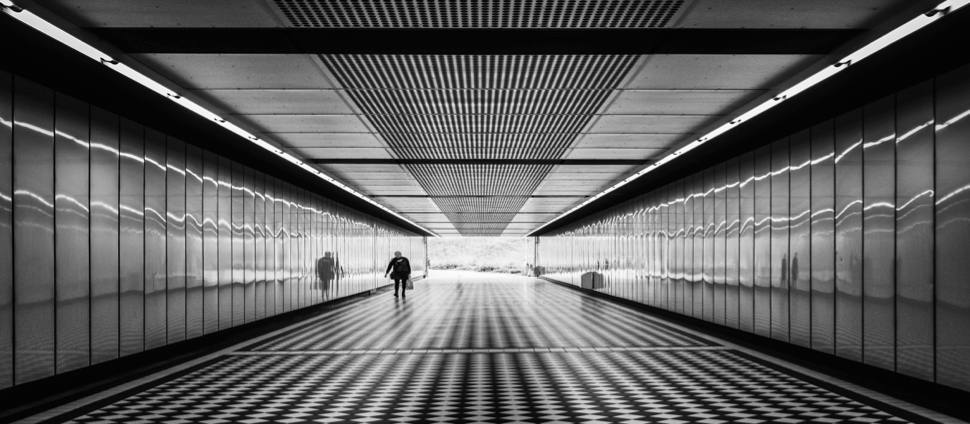Author: Shopify API
Author: Louise Dickens | 17th September 2017
I’ve always been interested in photography; almost everyone is.
We’ve all heard the phrase a picture is worth a thousand words – and it’s true. A single photograph allows us to travel in time and experience the world, in ways that words can’t quite muster.
Everyone wants to be able to capture amazing photographs. You know the ones I mean, the ones in National Geographic and the like.
Before, I’d been a standard digital camera and/or iPhone kind of photographer. I’d always wanted to learn more, but never found the right time or opportunity. So when the opportunity did come along to take a 6 week Beginner’s Introduction to Photography course, I grabbed it with both hands.
My manager lent me a finepix S200EXR camera for the course which, despite being a bridge camera, has all the capabilities of an entry-level DSLR. Having only previously used compact cameras and my iPhone for all my photography, this felt alien in my hands with so many buttons and wheels – would I really learn to understand how to use them all?

Despite feeling slightly daunted, I couldn’t help also feeling excited. I was finally going to learn how to take ‘proper’ photographs, and visions of having my own studio and being featured in galleries raced through my mind (ha!).
So, there I am with my alien camera and my notebook, sitting in a room with 12 others waiting to learn how to be a professional photographer.
Despite hearing all the photography buzzwords; aperture, shutter speed, exposure etc. I didn’t actually have a clue what any of them meant. So, when the teacher launched into why the aperture was so important, I had to raise my hand:
“Erm…what’s an aperture?”
I felt a little bit silly, but I knew that I needed to make the most of my lessons (and money!) by learning as much as I could – including the basics. As I asked the question, one of my fellow attendees let out a sigh of relief; “I’m so glad you asked because I have no idea either!”
For those of you, like me, who might not know – the aperture is just a fancy way of saying “the hole in the lens”.
After three classroom-based sessions, where we learnt more about the aperture, the shutter, and various other elements, we finally went out to the local embankment for five hours of practicing. That’s when I first started to feel like a ‘proper’ photographer – the camera was no longer stuck in Auto Mode, and I started controlling the camera by using either the Aperture Priority or Shutter Priority mode. Manipulating the settings and making manual adjustments to capture the image I wanted felt really good.
But I wasn’t perfect. I found my weakness and nemesis; water. More specifically, water in bright light. My camera was not having it. I got a lot of over-exposed and out-of-focus images, and was feeling very frustrated.

Thankfully, this wasn’t just down to me. The teachers admitted it was difficult lighting to work with, and that sometimes that’s just the way it is. Unfortunately, we can’t control the weather, and that’s why many photographers prefer mornings, evenings and overcast days.
After that, it was back to the classroom to review what worked (and what didn’t!), and to delve deeper into composition. I found it really helpful to look through the photos I had taken and have them critiqued by my teachers and my fellow course mates. It wasn’t a negative experience, but a positive one. Seeing my photos through their eyes gave me a number of tips on how to improve, and I valued their insights.
I felt prepared for our next excursion, where I knew I would be able to capture some decent shots of the historic buildings and picturesque parks.
But our teachers sprung a surprise on us – we had to shoot ONLY in manual mode! This seemed extremely intimidating at first, but as they explained it to me it made sense theoretically. I could already shoot in both aperture and shutter priority modes – I just had to combine that knowledge to shoot in manual.
Shooting in manual slowed me right down. Once I knew what I wanted to shoot, I had to really stop and think about how I was going to make the camera do what I wanted it to. I ended up taking multiple shots of the same composition, each time slightly changing the aperture and shutter speed until I found the settings I wanted.
It was tiresome, but good practice. Shooting in this manner will, over time, lead me to become much more acquainted with how my particular camera ‘sees’ light, and help me to learn what settings work best in different situations.
After a final session on post-processing in Adobe Lightroom, my beginner’s course was over. Now, it’s up to me to remember what I’ve learnt and keep practicing my photography on my own; a slightly terrifying prospect!
Would I recommend a photography course? Definitely. It’s made a massive difference to the photos I now take, even on my iPhone. I’m not planning on making a career out of it (despite my previous enthusiasm!), but at least now I know I’ll be able to take some creative holiday shots, that I be proud to print and display in my home.


